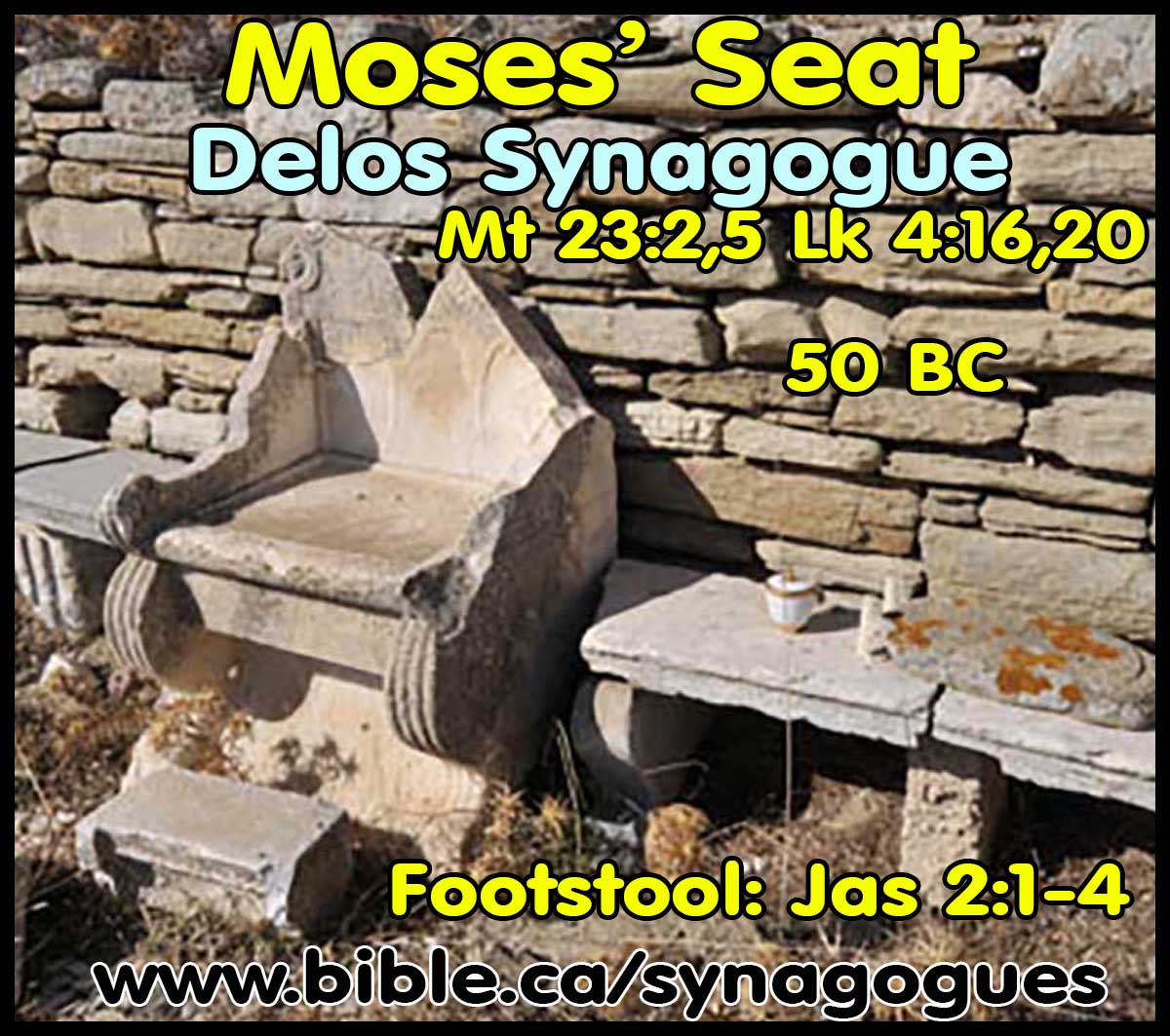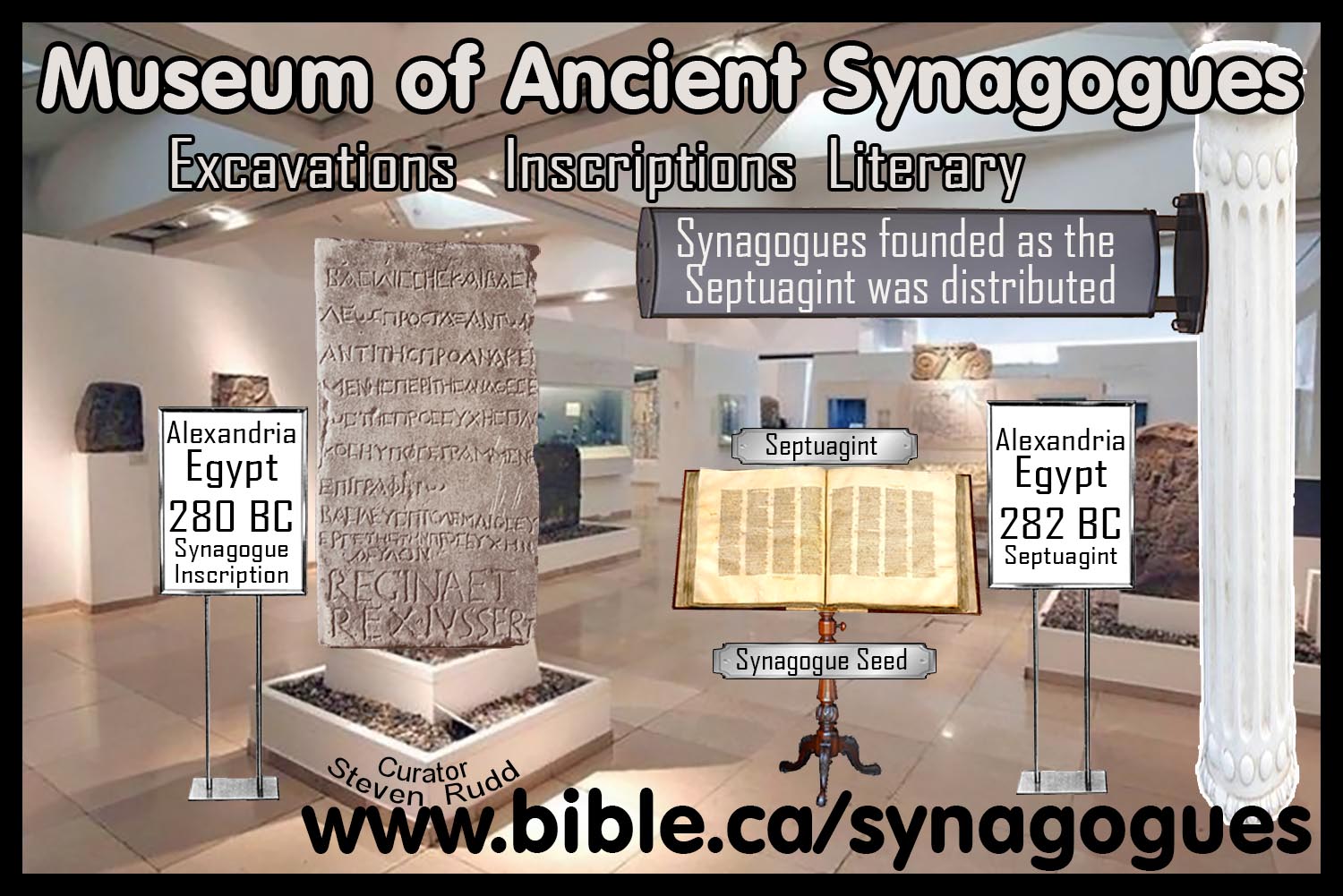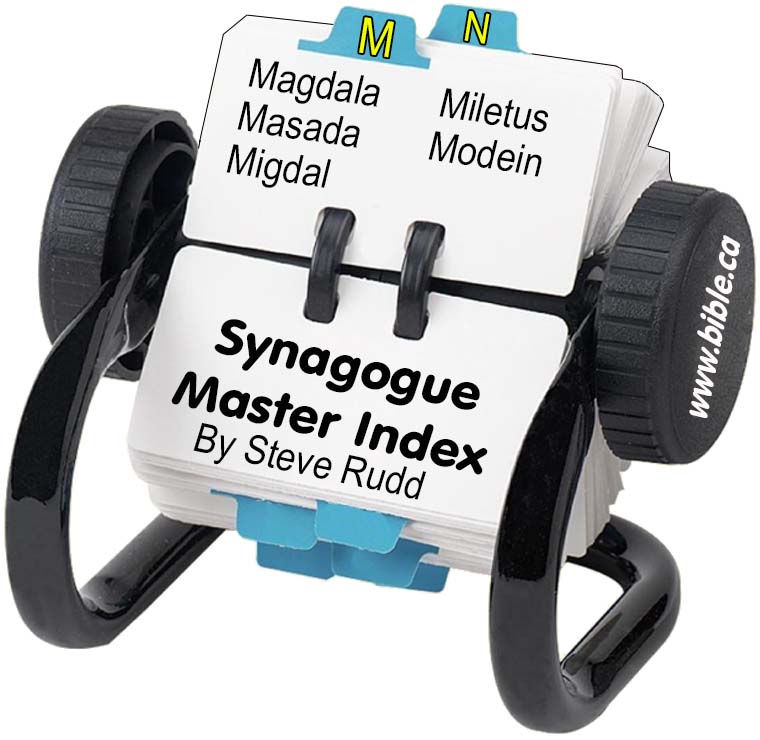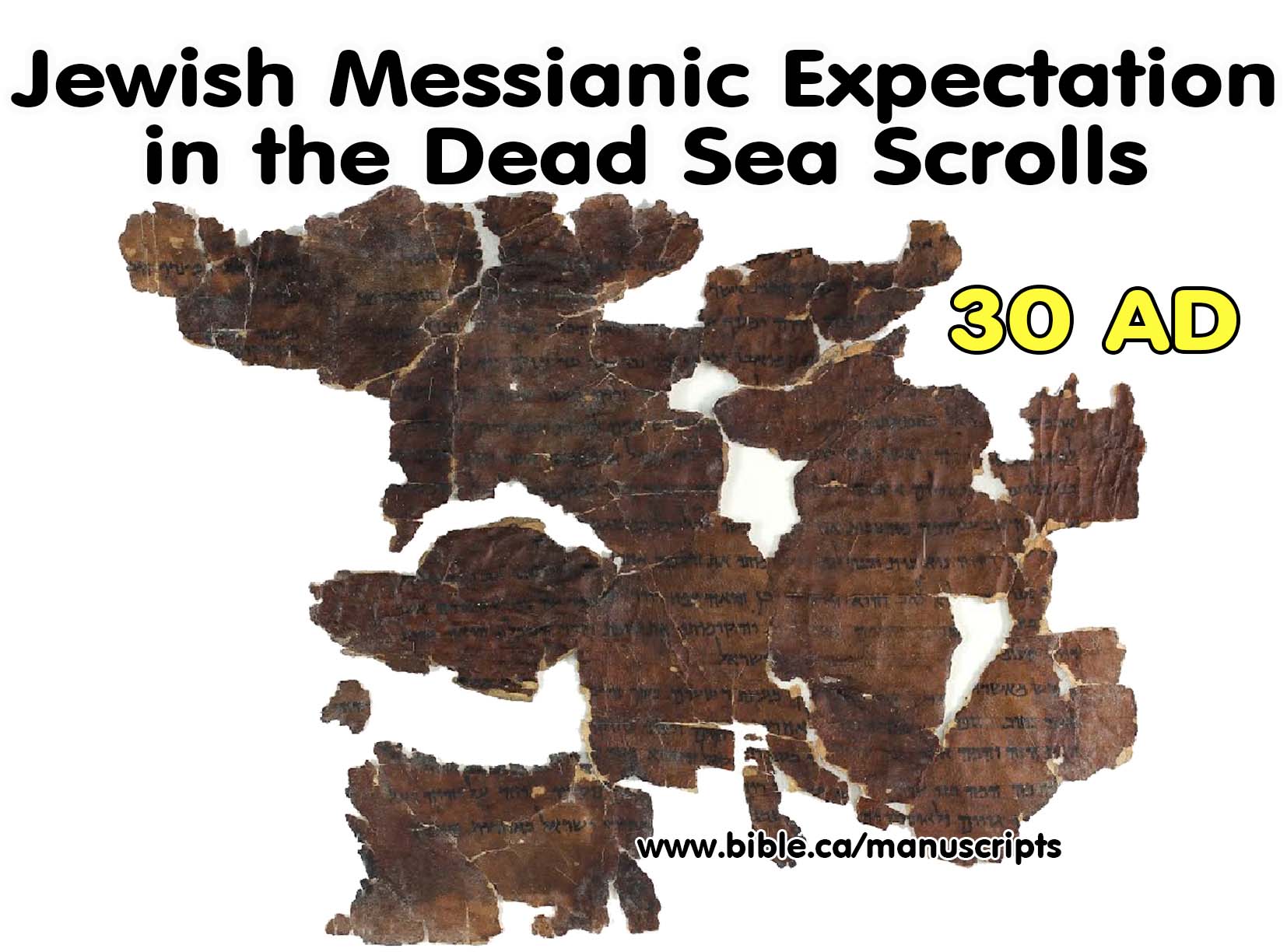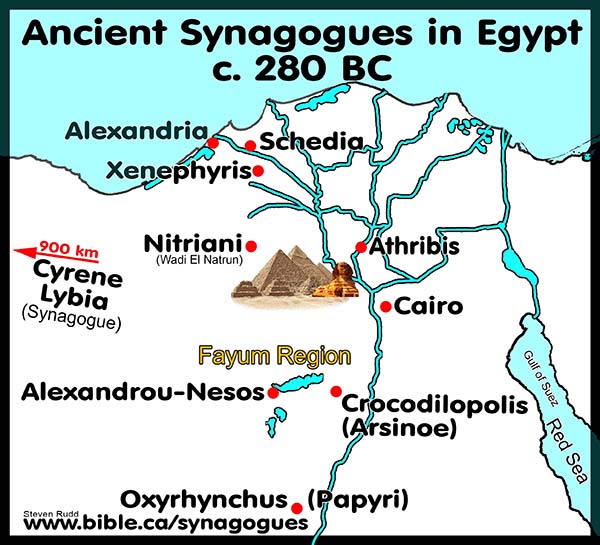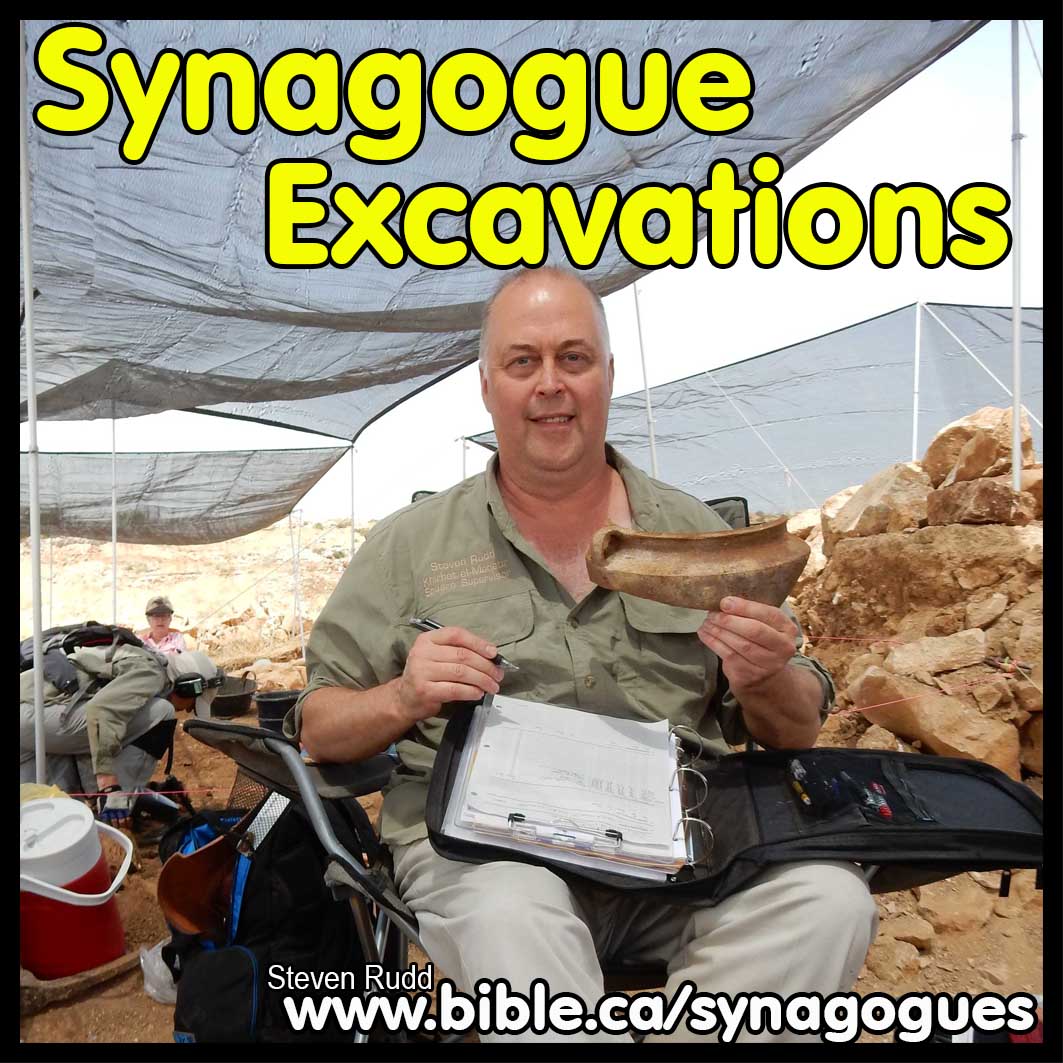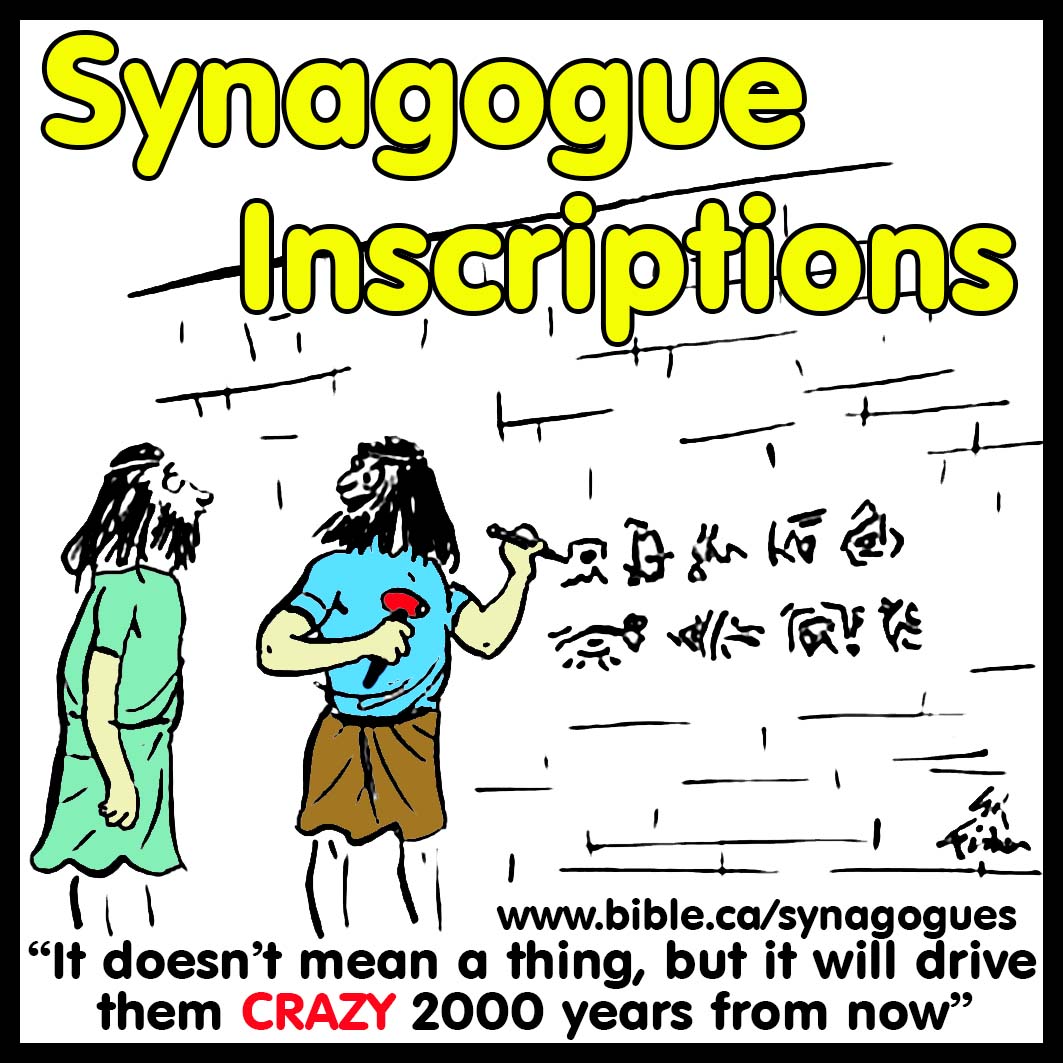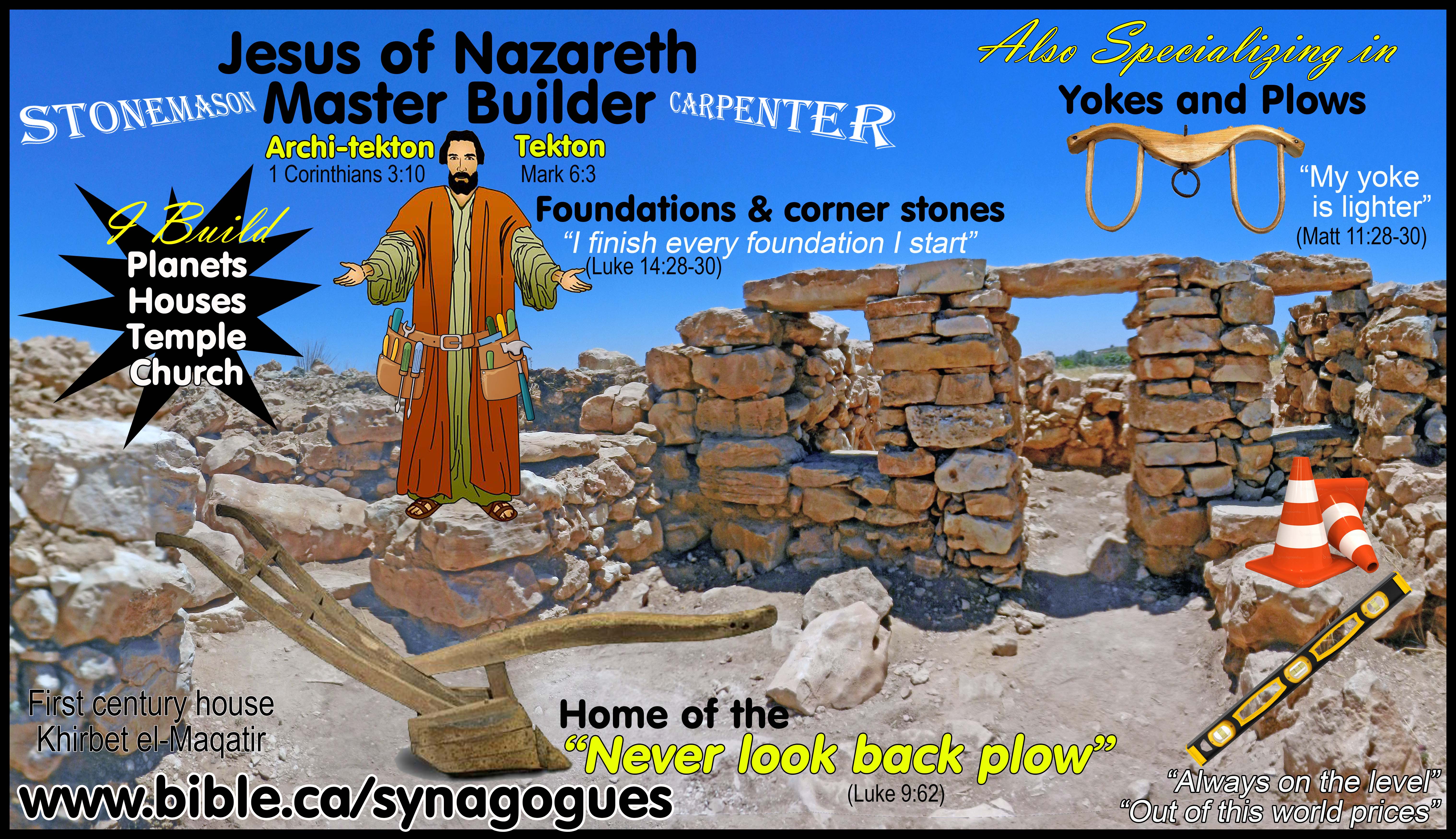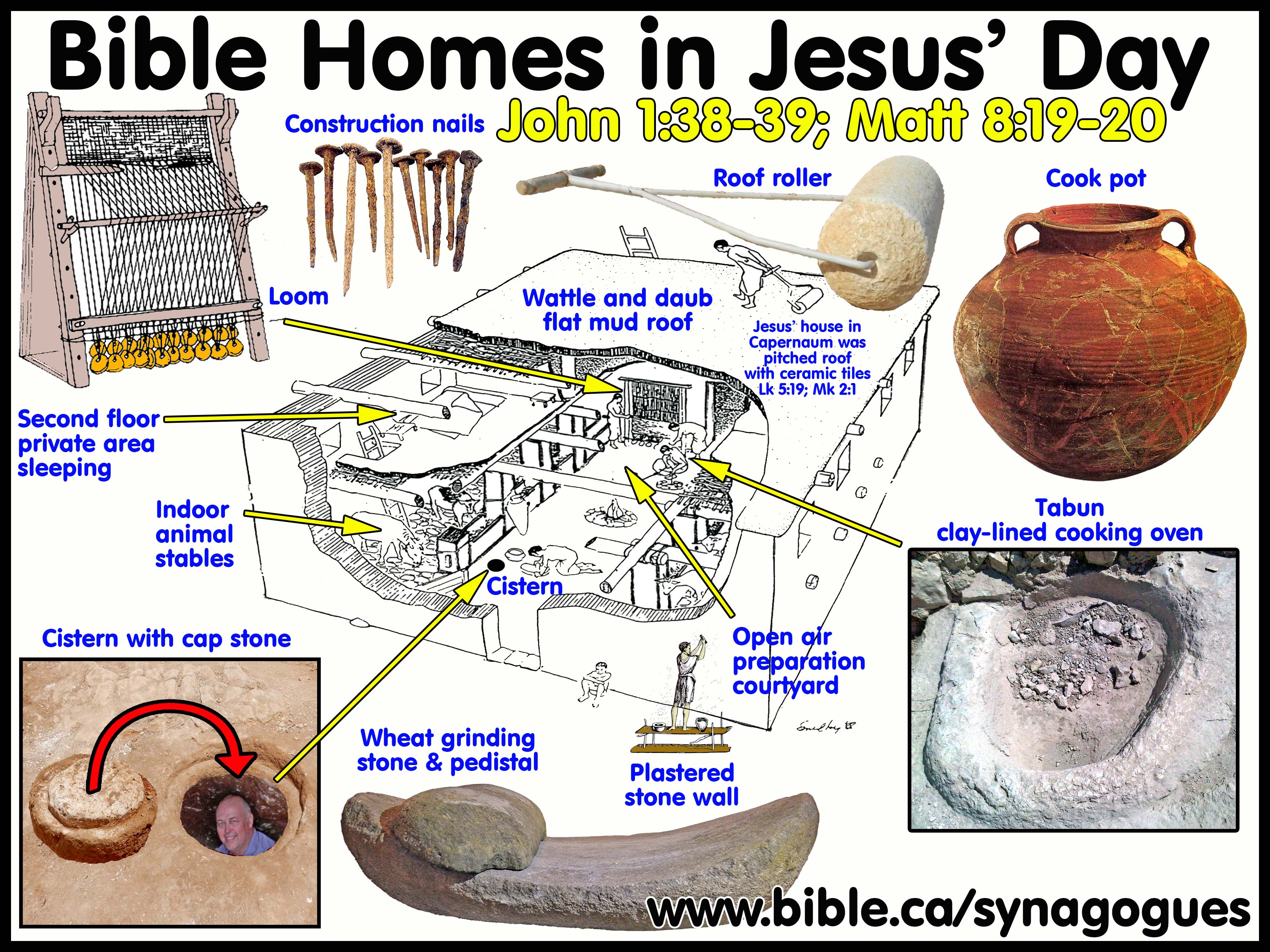|
Synagogue Organization and Government Synagogue officials (Elders), Attendants (Deacons) Independent Autonomous First Century Synagogues and churches |
“On this Rock, I will build My church”
Ancient Synagogue Worship and the Church
Synagogue worship was the prototype for Christian Church.
|
GOVERNMENT IN SYNAGOGUES |
A. Leadership and government Transition from Temple to Synagogue to church:
1. Qualifications change from pedigree to morality and living spiritual faith.
a. The Hebrew Jerusalem temple had animal sacrifices and special “ordained” high priests in a system of clericalism based upon pedigree. Like the dynasty of Judean Kings and scribes, the High priest had to trace his parentage back to Levi though specific genealogical records. There are many examples in the Bible of the general population rejecting the successor in prophetic and kingly dynasties. Both Eli and Samuel’s children were worthless and the people rejected Samuel’s sons on moral basis. 1 Samuel 2:22; 1 Samuel 8:1-5
b. Synagogues began in 280 BC as a simple group of spiritually minded common Jewish men (Non-Levite) in Egypt devoted to reading the Torah and prayer. Over time a body of elders was appointed from these men. By about 100 BC the Pharisees has gained control of synagogues as a counter to the Sadducees control of the Jerusalem Temple. However, synagogue leaders and those who lead the synagogue services were conducted by common Jews and Pharisees. The first synagogues may not have even had any formal government since it was comprised of spiritually minded men from the general population in Alexandria who simply gathered to read the Torah and pray. Governmental developments and organizational evolution gradually occurred as synagogues became convenient control centers by the sect of the Pharisees.
c. The early church began under the government and spiritual direction of the Apostles in Jerusalem in both the temple and Synagogues on the first day of the week. After the Christian Diaspora of Acts 8:4 and Paul’s subsequent success in establishing church in the Greek world on his missionary journeys, he appointed a plurality of married Christian men with believing children, who met stringent spiritual and moral qualifications: 1 Tim 3; Tit 1.
2. It is important to understand the backdrop of the qualifications of elders in the Christian church in relationship to Temple worship.
a. Temple worship was strictly blood and DNA determined and totally ignored any moral, social or experiential qualifications.
b. While synagogues, through God’s providence, were prototypes of the church in organization, God wanted to ensure an ultra high quality of leadership based upon faith, family history, marriage status, town reputation and morals.
c. The Holy Spirit gave two detailed lists in the New testament of the qualifications of church overseers:
i. "It is a trustworthy statement: if any man aspires to the office of overseer, it is a fine work he desires to do. An overseer, then, must be above reproach, the husband of one wife, temperate, prudent, respectable, hospitable, able to teach, not addicted to wine or pugnacious, but gentle, peaceable, free from the love of money. He must be one who manages his own household well, keeping his children under control with all dignity (but if a man does not know how to manage his own household, how will he take care of the church of God?), and not a new convert, so that he will not become conceited and fall into the condemnation incurred by the devil. And he must have a good reputation with those outside the church, so that he will not fall into reproach and the snare of the devil. Deacons likewise must be men of dignity, not double-tongued, or addicted to much wine or fond of sordid gain, but holding to the mystery of the faith with a clear conscience. These men must also first be tested; then let them serve as deacons if they are beyond reproach." (1 Timothy 3:1–10)
ii. "For this reason I left you in Crete, that you would set in order what remains and appoint elders in every city as I directed you, namely, if any man is above reproach, the husband of one wife, having children who believe, not accused of dissipation or rebellion. For the overseer must be above reproach as God’s steward, not self-willed, not quick-tempered, not addicted to wine, not pugnacious, not fond of sordid gain, but hospitable, loving what is good, sensible, just, devout, self-controlled, holding fast the faithful word which is in accordance with the teaching, so that he will be able both to exhort in sound doctrine and to refute those who contradict. For there are many rebellious men, empty talkers and deceivers, especially those of the circumcision, who must be silenced because they are upsetting whole families, teaching things they should not teach for the sake of sordid gain." (Titus 1:5–11)
d. In the church the following were forbidden to serve in the office of overseer:
i. Single men were excluded from office of overseer.
ii. Married men with no children were excluded from office of overseer.
iii. Married men with no adult non-Christian children were excluded from office of overseer.
iv. Morally flawed men were excluded from office of overseer.
v. Men unable to teach the positive Bible message were excluded from office of overseer.
vi. Men unable to logically refute false teachers were excluded from office of overseer.
vii. All New converts recently baptized for remission of sins were excluded from office of overseer even if they met all the other qualifications.
viii. All women were categorically excluded from office of overseer under any circumstance.
e. Detailed outline on the qualifications of a church overseer.
3. Presbyterian style, Democratic body of synagogue rulers: (always plural)
a.
The inscription from Xenephyris Egypt references two men who were both “presiders”
in 139 BC. This is solid evidence that there was always a plurality of
synagogue officials patterned after a presbytery.

b. Jairus was one of several synagogue officials: "One of the synagogue officials named Jairus came up, and on seeing Him, fell at His feet" (Mark 5:22)
c. "While He was still speaking, they came from the house of the synagogue official, saying, “Your daughter has died; why trouble the Teacher anymore?” But Jesus, overhearing what was being spoken, said to the synagogue official, “Do not be afraid any longer, only believe.”" (Mark 5:35–36)
d. "They came to the house of the synagogue official; and He saw a commotion, and people loudly weeping and wailing." (Mark 5:38)
e. "And there came a man named Jairus, and he was an official of the synagogue; and he fell at Jesus’ feet (Luke 8:41–49)
f. "But the synagogue official, indignant because Jesus had healed on the Sabbath, began saying to the crowd in response, “There are six days in which work should be done; so come during them and get healed, and not on the Sabbath day.”" (Luke 13:14)
4. Pharisees were like church ministers not the elders/overseers/shepherds
a. Preachers and experts in Bible law:
b. Pharisees functioned very similar to pulpit preachers in churches.
c. While the Pharisee was an expert, he was under the authority of the synagogue rulers
5. Attendant was the equivalent to church deacons:
a. Took care of building, stored and retrieved the Torah bible scrolls from the Ark of the Scrolls.
b. "And He closed the book, gave it back to the attendant and sat down; and the eyes of all in the synagogue were fixed on Him." (Luke 4:20)
6. Women took no leading roles in synagogues (see main section on role of women)
a. Women took no leading role in ancient synagogues because their voice was viewed as seductive and distractive to men:
i. “The community prayer leader was to be a man, since the voice of a woman could lead to sexually indecent behavior (Orach Hayyim 75:3; see also B. Ber. 24a and B. Qid. 70a–70b). (The Encyclopaedia of Judaism, Neusner, Volume 2, Page 910, 2000 AD)
ii. “A woman’s voice is a matter of sexuality, as it is said, ‘For your voice is sweet and your face pretty’ (Song. 2:14).” (Babylonian Talmud, b. Ber. 3:5, I.16.F)
b. Women did not preach in synagogues.
c. Women did do public Torah readings in synagogues.
d. Women did not lead prayers in synagogues.
e. Women did not hold offices of authority in synagogues.
f. Women were not directly involved in the administration of a synagogue
B. Titles and functions of synagogue officials:
1. Greek “archisynagogos”: One of the Leaders of the Synagogue:
a. "Crispus, the leader of the synagogue, believed in the Lord with all his household, and many of the Corinthians when they heard were believing and being baptized." (Acts 18:8)
b. "And they all took hold of Sosthenes, the leader of the synagogue, and began beating him in front of the judgment seat. But Gallio was not concerned about any of these things." (Acts 18:17)
c. Greek “archisynagogos” is used once in the Alexandrian synagogue inscription dating to 3AD (see below)
d.
Greek “archisynagogos” is used three different times in the Theodotos
inscription dating to c. 18 BC.

e. “(Archisynagogos), one of the most important titles, and almost exclusively Jewish, meaning 'head of the synagogue', appears in several donors' inscriptions (Lifshitz 1967:nos. 79, 66, 74; Roth-Gerson 1987:171-72, nos. 19, 24, 27; Hachlili 1998:400). Scholars suggest that this title was synonymous with the Hebrew title nom unin (rosh ha-knesset). Rajak and Noy (1993:88-89) argue that he was a civic patron with a title and high standing in the community. The title is used in inscriptions found in the Land of Israel: in Jerusalem on the Theodotus inscription stone plaque (see above); 'the Berylos inscription' on a mosaic pavement at Caesarea (Avi-Yonah 1960:47); an inscription on a stone lintel found near Sepphoris that refers to two archisynagogoi, one of Sidon and one of Tyre (Huttmeister 1977:403-407; Roth-Gerson 1987:no. 24; Weiss 2005:3), and on two inscriptions on marble slabs which might have belonged to the synagogue at Beth She'arim (Roth-Gerson 1987:134, 137, 143, nos.,II, VI). The archisynagogos was very influential in the Jewish community. The title was sometimes inherited, being passed on from father to son, probably in important priestly families, and perhaps for life (see the Jerusalem Theodotos inscription, above and Chapter XI). The task of the archisynagogos was to arrange the worship in the synagogue, to supervise the study and reading of the Torah, to preach, and to perform other general tasks. He could also have other functions, such as priest, a title cited in the Jerusalem Theodotus inscription, while in the Caesarea inscription, Berilos is referred to as frontistes, 'an inspector' (Roth-Gerson 1987:174, no. 27). The archisynagogos could also be in charge of a specific community based on geographical origin (see the Sepphoris lintel inscription), a shared profession, or a specific neighborhood of a town. Some archisynagogoi donated entire synagogue buildings or parts of them, as well as architectural decorations etc. Inscriptions mentioning archisynagogoi on epitaphs are found at several sites in the Roman Empire, for example, at Aegina, Apamea, Ostia, and Hammam-Lif. Thirty-two inscriptions mentioning 40 archisynagogoi are dated to the first to sixth centuries CE. ” (Ancient Synagogues - Archaeology and Art: New Discoveries and Current Research, Rachel Hachlili, p19, 2013 AD)
2. Greek “archon”: One of the Synagogue officials:
a. "While He was saying these things to them, a synagogue official came and bowed down before Him, and said, “My daughter has just died; but come and lay Your hand on her, and she will live.”" (Matthew 9:18)
b. Magdala synagogue: "One of the synagogue officials named Jairus came up, and on seeing Him, fell at His feet" (Mark 5:22) "While He was still speaking, someone came from the house of the synagogue official [Jairus], saying, “Your daughter has died; do not trouble the Teacher anymore.”" (Luke 8:49)
c. "But the synagogue official, indignant because Jesus had healed on the Sabbath, began saying to the crowd in response, “There are six days in which work should be done; so come during them and get healed, and not on the Sabbath day.”" (Luke 13:14)
d. "After the reading of the Law and the Prophets the synagogue officials sent to them, saying, “Brethren, if you have any word of exhortation for the people, say it.”" (Acts 13:15)
3. Greek “archiprostates”: one of the Synagogue officials:
a.
Greek “archiprostates” is used in the Alexandrian inscription dating to
3 AD:

C. The Chair of Moses
1. Moses’ Chair was reserved for the judge, synagogue leader, preacher, special guest etc:
2. “However, to the best of our knowledge and in contrast with the pagan priest and the Christian bishop, we know of no one particular person who might have regularly occupied such a seat in a synagogue setting, where leadership was relatively decentralized. Thus, it is likely that in many congregations more than one person occupied the cathedra, depending upon the particular activity then taking place: prayers, a sermon, a teaching session, court proceedings, visits by special guests, etc.” (The Synagogue in Late Antiquity, Lee Levine, p350, 1987 AD)
3. “Archaeological evidence from several sites points to the arrangement of special seats for synagogue leaders. In the Diaspora, the apse at the western end of the building at Sardis was clearly reserved for prominent members of the congregation, and such may also have been the case at Naro."4 An inscription on the side of the nave in the synagogue at Elche mentions elders and presbyters and seems to indicate the existence of such a bench for these leaders."' The last stages of the 1.1ammat Tiberias building (seventh to eighth centuries) also exhibit a bench in its apse that undoubtedly was reserved for congregational leaders." (The Synagogue in Late Antiquity, Lee Levine, p339, 1987 AD)
4. “Many explanations have been put forth in an attempt to explain the precise purpose of this cathedra, with each explanation finding its support in a particular source or a specific archaeological find. Roth and, more recently, Rahmani interpret the cathedra as the place where the Torah scroll was placed after it was read. Most scholars, however, view the cathedra as the seat for a leader in the congregation, although opinions differ as to the precise role of that leader: judge, archisynagogue, or spiritual-religious figure such as a Pharisee, sage, preacher, or some honored guest. In this context, it is worth noting the Samaritan account which speaks of a synagogue built by Baba Rabba at the foot of Mt. Gerizim; seven stones reputedly from the ancient Tabernacle were placed there, and on them sat seven members of the council.” (The Synagogue in Late Antiquity, Lee Levine, p350, 1987 AD)
D. Church government was identical to synagogue government:
1. When Jews were converted to Christianity, they wholesale adopted the pattern of church government from the synagogue.
a. Churches and synagogues were governed by a PLURALITY of men, not a single man like in the Roman Catholic church.
b. The Greek word Presbuterion is plural for elder and signifies an equal BODY of men.
2. Both synagogue and church share these qualities:
a. Synagogue leaders were a body of plurality of qualified, older, experienced men and directly correspond to church overseers/elders/shepherds.
b. Synagogue attendants were servants of Synagogue leaders with no oversite except that delegated from the Overseers and directly correspond to church deacons.
c. Pharisees were the legal experts who preached and taught the Law of Moses and correspond directly with church pulpit ministers.
3. Here is a detailed outline that proves there is a single office described as overseer, elder, shepherd.
E. Four Terms That Describe the single office of church overseers: (elder, overseer, shepherd, steward)
1. Each term gives us a little more information about the function of the office: Christians are described as: priests, saints, children citizens, soldiers, etc. In the same way we have different descriptive terms for the eldership.
2. These terms are not honorary titles but descriptions of work to be done: a. It would be wrong to call someone "Elder Smith", or "Pastor Brown"
3. In the table below, you will notice four individual terms (elder, overseer, shepherd, steward) and one collective term (eldership: which is simply the plural of term elder).
|
Four terms describing the one office of an elder |
|||
|
Term |
Greek word |
Definition: |
Emphasis |
|
Elder or presbyter |
Presbureros |
An older man a senior |
Experience |
|
Overseer or bishop |
Episcopos |
A guardian or superintendent |
Oversight |
|
Shepherd or pastor |
Poimen |
Metaphoric term (tending flocks) |
Protection |
|
Steward |
Oikonomo |
Metaphoric term (treasurer) |
Trustworthy |
|
Eldership |
Presbuterion |
Group of older men/elders |
Plurality & equality |
4. Proof that all four terms “elder, overseer, shepherd, steward” refer to same office because of their interchangeable usage:
|
All terms refer to same single office |
||||
|
|
Elder or Presbyter (Presbureros) |
Overseer or bishop (Episcopos) |
Shepherd or pastor (Poimen) |
Steward (Oikonomo) |
|
Acts 20:17,28 |
|
|
|
|
|
Tit 1:5,7 |
|
|
|
|
|
1 Pe 5:1,2 |
|
|
|
|
F. Apostacy in church organization
1. It is truly shocking that in spite of two different passages outline the qualifications of church leaders (Tit 1, 1 Tim 3) most churches today totally ignore every detail.
a. Women pastors are common.
b. One man is sole overseer in a local church or in the Roman Catholic case, one man is over the entire church world wide.
c. Church Pastors are often single, young, ore recently married with no kids or young kids or where all their kids abandoned Christianity and joined the Moonies.
d. Instead of a single office described in three metaphors (elder, shepherds, overseer) many denominations create three distinct offices.
e. In one of the most striking contradictions of terms Mormon ELDERS are often too young to need to shave every morning and sometimes, their “voices crack” because they have not fully “changed” yet. (This is a bit exaggerated, but you get the point that these kids are not ELDERLY.)
2. History of apostacy of Church government and organization:
a. Introduction
b. Graphical Mouse Rollover of gradual change of organization over time
c. 4 Competing views of organization
i. Catholic organization today
j. Orthodox organization today
k. True Bible organization today
3. Find a local congregation of the New Testament church in your own home town that is organized EXACTLY like first century synagogues and churches.
By Steve Rudd 2017: Contact the author for comments, input or corrections
|
Jesus your messiah is waiting for you to come home! |
|
|
Why not worship with a first century New Testament church near you, that has the same look and feel as the Jewish Synagogue in your own home town. As a Jew, you will find the transition as easy today as it was for the tens of thousands of your forefathers living in Jerusalem 2000 years ago when they believed in Jesus the Nazarene (the branch) as their messiah. It’s time to come home! |
|
By Steve Rudd: Contact the author for comments, input or corrections.
Go to: Main Ancient Synagogue Start Page


